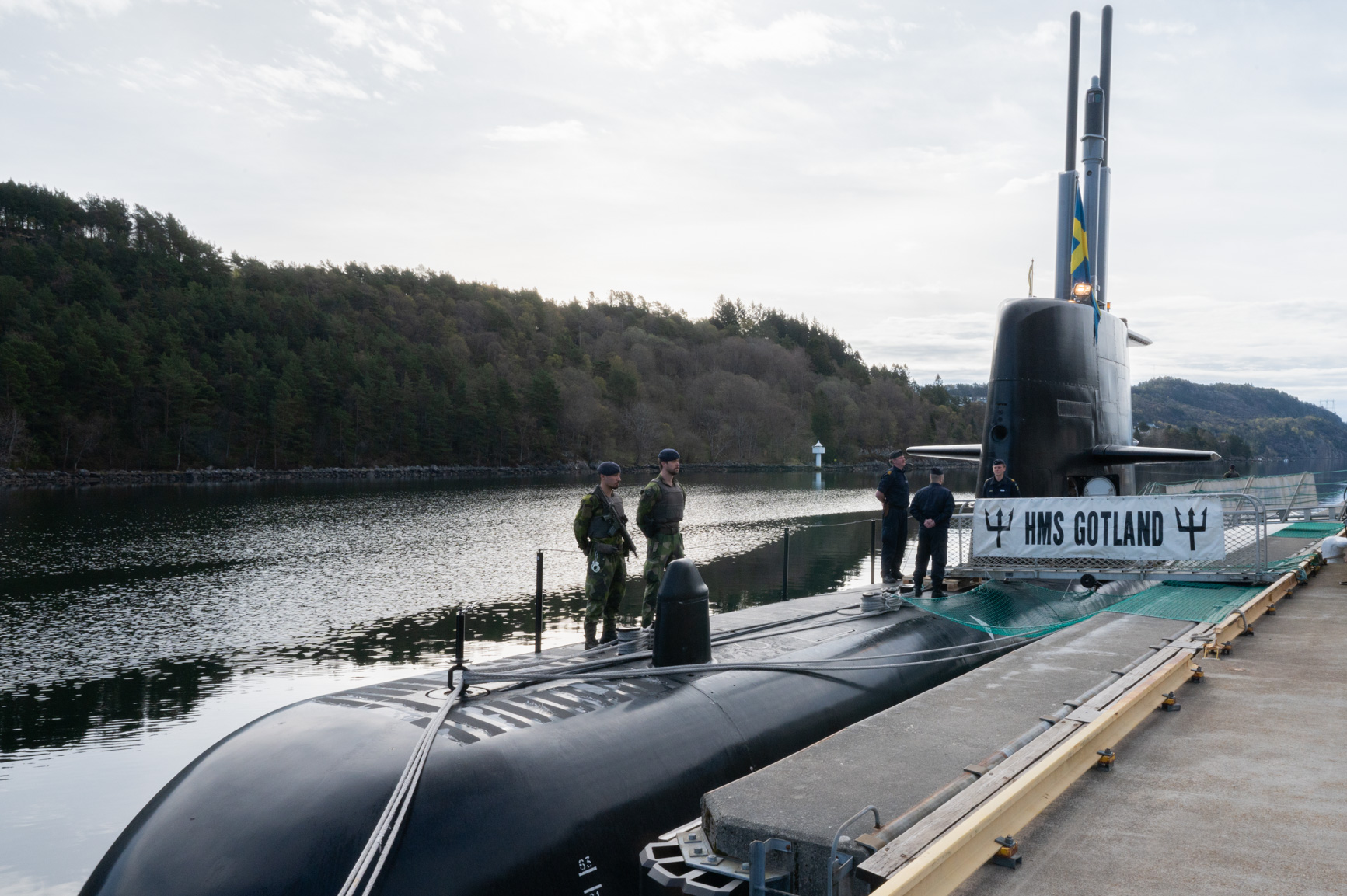NATO Allied Maritime Command (MARCOM) concluded its two-week anti-submarine and anti-surface warfare exercise Dynamic Mongoose 24 in Reykjavik, Iceland, May 10. Led by Commander, Submarines NATO (COMSUBNATO) in Northwood and hosted by Norway, the annual exercise brought together Allied ships, submarines and aircraft in the cold waters of the Greenland-Iceland-United Kingdom (GIUK)-Norway Gap. Units from Canada, Denmark, the Faroe Islands, Germany, the Netherlands, Norway, Spain, Sweden, the United Kingdom, and the United States converged for the highly complex maritime exercise that kicked off April 29 in Stavanger, Norway.
“Dynamic Mongoose 24 has underscored the incredible strength of our collective capability particularly in the undersea domain. We’ve been collaborating with Sweden for many years so the interoperability was already there and this exercise proved that. The Swedish submarine force is well versed in shallow-water operations so their addition to our force composition firmly enhances NATO’s collective defence in the region,” COMSUBNATO U.S. Navy Rear Admiral Thomas Wall said.
“I’m incredibly proud of the teamwork displayed by all the crews that came out for Dynamic Mongoose. To be able to augment SNMG1’s permanent presence in the region with so many national units is a real force multiplier. Every time we train together it helps us all get better at what we do. Anti-submarine warfare is a priority for NATO so to be able to have so many units involved in this exercise reflects our commitment to collective defence in the maritime domain,” Rear Admiral Joaquin Ruiz Escagedo said.

This year, for the first time since its accession on March 7, Sweden participated in the exercise as a full NATO member nation, bringing the advanced technology and stealth of one of its Gotland-class submarines. Sweden last participated in Dynamic Mongoose in 2015 as a NATO partner nation. As units transited toward Iceland, MARCOM’s exercise control team presented units a series of challenges that increased in complexity. These included tactical communication tasks from seabed to space, maneuvering drills, and shallow-water operations near the Faroe Islands. The Netherlands, Norway, Sweden, and the United States provided submarines for the exercise. The submarine crews took turns hunting and being hunted, switching roles to maximize training opportunities for all crews. By working together, the exercise improved interoperability and understanding among crews, increasing readiness.
Commander, Standing NATO Maritime Group 1 (SNMG1) Spanish Navy Rear Admiral Joaquin Ruiz Escagedo coordinated surface operations from his flagship ESPS Almirante Juan de Borbon (F102). The remainder of SNMG1’s ships were Royal Netherlands Navy HNLMS Van Amstel (F831), German Navy FGS Rhoen (A1443), and Norwegian Navy HNoMS Otto Sverdrup (F312). Other ships that augmented SNMG1 included Royal Danish Navy HDMS Hvidbjoernen (F360), Faroe Islands Coast Guard PV Brimil, German Navy FGS Mecklenburg-Vorpommern (F218), Royal Norwegian Navy HNoMS Roald Amundsen (F311), and the United Kingdom’s Royal Navy HMS Portland (F79) and RFA Tidesurge (A138).















